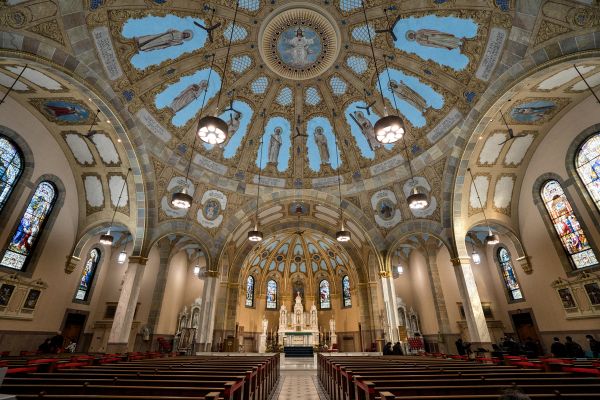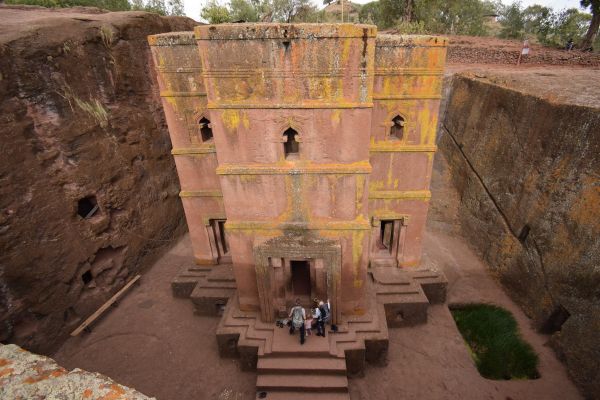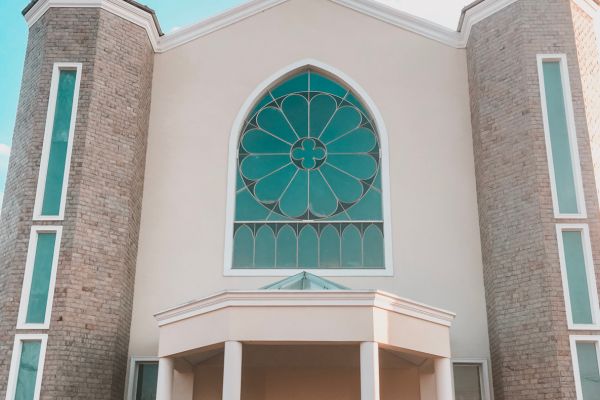The Paycheck Protection Program (PPP) became a lifeline for many businesses and organizations during the COVID-19 pandemic. Designed to help employers keep their workforce employed during the crisis, the program provided much-needed financial relief. However, a key question that arose was whether religious organizations, specifically churches, could benefit from these loans. The eligibility of churches for PPP loans sparked debate, raising questions about the separation of church and state and the role of government aid in religious institutions. In this article, we will explore the details of PPP loans, whether churches qualify, and the broader implications of this financial assistance.
Understanding the PPP Loan Program
The Paycheck Protection Program was established under the Coronavirus Aid, Relief, and Economic Security (CARES) Act, passed by Congress in March 2020. The primary goal of the program was to provide forgivable loans to small businesses, nonprofits, and other eligible organizations to help them maintain their payroll during the economic downturn caused by the pandemic. Key features of PPP loans included low-interest rates, loan forgiveness if certain conditions were met, and broad eligibility criteria aimed at ensuring widespread access to the funds.
Churches and PPP Loan Eligibility
One of the significant aspects of the PPP was its inclusion of nonprofit organizations in the eligibility criteria. Under the CARES Act, 501(c)(3) organizations, which include religious organizations, were eligible to apply for PPP loans. This inclusion meant that churches, as tax-exempt entities under this section of the tax code, could apply for financial assistance through the program.
The eligibility of churches for PPP loans was further clarified by the Small Business Administration (SBA), which administers the program. The SBA explicitly stated that religious organizations were eligible for PPP loans, provided they met the same criteria as other applicants. This meant that churches, like other nonprofits, could use the funds to cover payroll costs, mortgage interest, rent, and utilities, helping them retain staff and maintain operations during the pandemic.
Legal and tax considerations were also addressed in the SBA’s guidelines. The SBA clarified that churches would not lose their tax-exempt status or face any new restrictions on their religious activities by accepting PPP loans. This assurance helped alleviate concerns among some religious organizations about potential government interference in their operations.
How Churches Can Apply for PPP Loans
For churches interested in applying for PPP loans, the process was straightforward but required careful attention to detail. Here’s a step-by-step guide:
- Determine Eligibility: Ensure that your church qualifies as a 501(c)(3) organization and meets the other criteria for PPP loans, such as having 500 or fewer employees.
- Gather Documentation: Prepare necessary documents, including payroll records, tax forms, and financial statements. Accurate and thorough documentation was crucial for a successful application.
- Choose a Lender: Churches needed to apply for PPP loans through an approved lender, such as a bank or credit union. Many financial institutions provided online portals for submitting applications.
- Submit the Application: Complete the application form, ensuring all information is accurate and complete. Submit the form along with the required documentation through your chosen lender.
- Use Funds Appropriately: Once approved, churches had to use the funds for eligible expenses, such as payroll, rent, mortgage interest, and utilities, to qualify for loan forgiveness.
- Apply for Loan Forgiveness: After using the funds, churches could apply for loan forgiveness by submitting documentation that proves the loan was used for eligible expenses.
Following these steps helped churches navigate the application process and secure the financial assistance they needed.
Case Studies: Churches That Received PPP Loans
Several churches across the United States successfully obtained PPP loans, using the funds to sustain their operations and support their communities. For example, some churches used the loans to retain staff members, continue providing essential services like food distribution and virtual worship services, and cover operational costs during the pandemic.
In many cases, the PPP loans helped churches avoid layoffs and maintain their outreach programs at a time when their communities needed them most. These examples underscore the critical role that PPP loans played in helping religious organizations weather the economic challenges posed by the pandemic.
Controversies and Concerns
The inclusion of churches in the PPP loan program was not without controversy. Critics argued that providing government funds to religious organizations blurred the line between church and state, potentially violating the Establishment Clause of the U.S. Constitution. Concerns were raised about the implications of government aid for the independence of religious institutions.
However, supporters of the program pointed out that the funds were not for religious activities but for the same payroll and operational expenses that other nonprofits and businesses were using them for. The SBA’s guidelines explicitly stated that accepting PPP loans did not impose any new restrictions on churches’ religious activities or their tax-exempt status.
Public and media reactions to churches receiving PPP loans were mixed. While some praised the program for helping all types of organizations, including religious ones, others questioned whether it was appropriate for churches to receive government assistance.
Implications for the Future
The experience of churches with PPP loans raises important questions about the role of government support for religious organizations in times of crisis. The long-term effects of this assistance are still being evaluated, but one thing is clear: the financial challenges posed by the pandemic have prompted many religious institutions to reconsider their financial strategies and explore new ways of sustaining their operations.
Moving forward, churches and other religious organizations may need to stay informed about potential changes in regulations and funding opportunities. The lessons learned from the PPP experience could influence how religious organizations approach future financial relief programs and how they balance their need for financial support with their commitment to maintaining independence from government influence.
Conclusion
In summary, churches were indeed eligible to receive PPP loans under the CARES Act, and many took advantage of this opportunity to support their staff and maintain their operations during a challenging time. While the inclusion of religious organizations in the program sparked debate, the overall impact of PPP loans on churches was significant, providing them with much-needed financial relief.
As religious organizations continue to navigate the post-pandemic landscape, the experience with PPP loans serves as a reminder of the importance of being proactive in seeking out resources and staying informed about available support. Whether through government programs or other financial strategies, churches will need to remain resilient and adaptable in the face of future challenges.
Call to Action
If your church or religious organization has experienced financial challenges due to the pandemic, consider exploring all available resources for assistance. Whether through government programs like PPP or other funding opportunities, there are ways to secure the support you need. Stay informed, seek advice, and take action to ensure your organization can continue its mission.
References & Further Reading
- SBA’s PPP Loan Information for Religious Organizations
- IRS Guidelines for 501(c)(3) Organizations
- Legal Perspectives on Churches Receiving Government Aid
This article provides a comprehensive overview of the topic, addressing both the practical and controversial aspects of churches receiving PPP loans.






